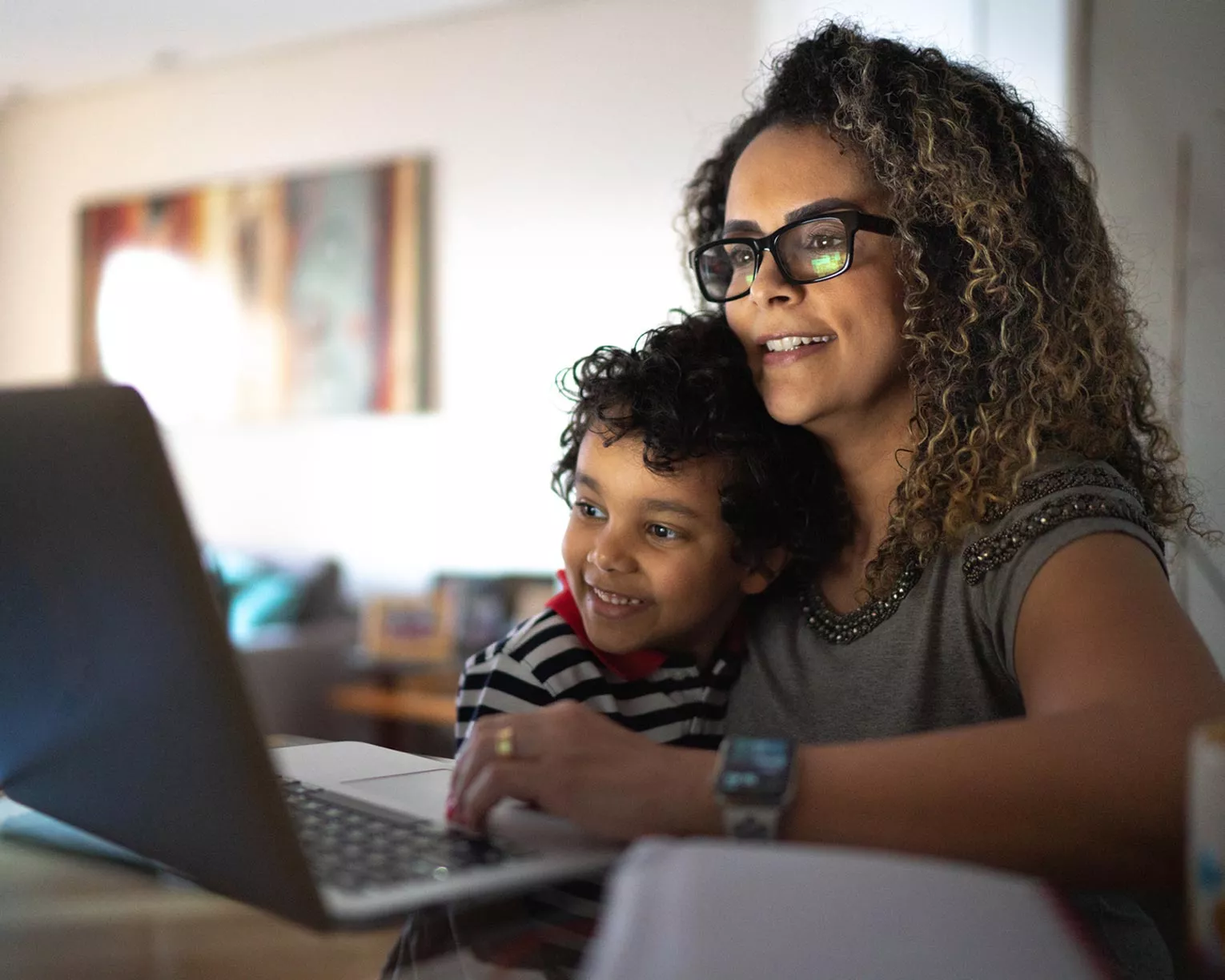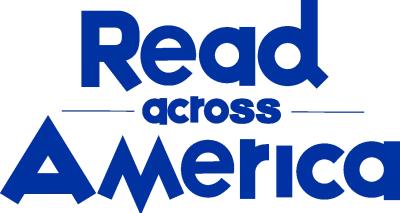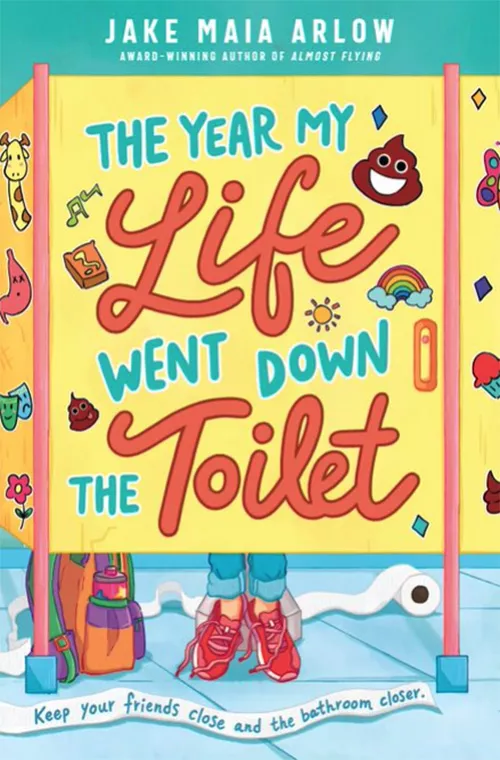Share this book
In The Year My Life Went Down the Toilet best friends Al and Leo have a lot of special things that just the two of them do together like their secret handshake and writing “really weird songs and performing them.” Talk with students about the things they like to do with their friends. Do they have inside jokes and unique rituals? What kinds of things and activities do they bond over? What makes them a good friend?
Have students think more about Al and Leo’s friendship and their tradition of writing songs. Then ask them to free-write some thoughts about special friends with the goal of writing lyrics for a song about friendship, especially taking care of friendships. Students can work individually or with friends to develop their work that celebrates the ups and downs of friendship. Finished products can be lyrics that students share with friends and others or song parodies that students perform for the class.
Questions for Discussion or Reflective Writing
- How do things that make her different from everyone else make Al feel? How do you feel about embracing the things that make you different?
- Why is it so hard for Al to share who she is? How does she learn to speak honestly with others and show her true feelings? Do you find it difficult to share things about yourself? Why or why not?
- To explore her secret attraction to girls, Al spends a lot of time on a private TikTok account. Do you think this is healthy behavior? Why or why not?
- What do you think of Al’s reaction to her mom’s starting to date Leo’s mom? How would you feel if your parent was dating your best friend’s parent?
- Why is it easier for Al to talk about—even laugh about—her Crohn’s disease with her support group than it is with Leo? What does Al expect from Leo? How would you support someone who has a medical condition that has them constantly having to use the bathroom?
- How does Al feel when best friend Leo starts to get involved in theater and live his own life? Why are these best friends having trouble communicating? How would you deal with the changes that are affecting their friendship?
- Why do you think such close friends like Al and Leo had so much difficulty coming out to one another and sharing big parts of their lives? How do you think other identities or factors impacted how Al put herself out there? Why do you think that some people may not want to be visible about a certain part of their identity? What can you do to help someone feel comfortable about sharing or not sharing their identities?
Related Resources
Interview with Jake Maia Arlow video from E Train Talks
The Power of Friendship lesson plan from Inside Out Literary Arts
More Titles to Try
Stay on top of current education news



